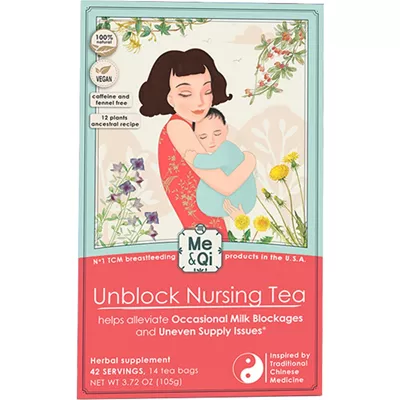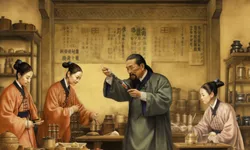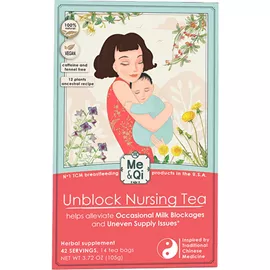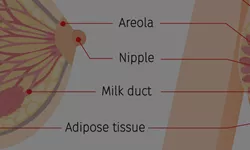This post is part of our complete guide on treating engorgement and clogged ducts. Refer back to the guide if you want a complete list of topics covered, from prevention to diagnosis and treatment. If you're specifically interested in understanding what you can do to prevent mastitis, please read on!
How do you prevent mastitis?
There are two main causes to mastitis. The first one is because you had plugged ducts or engorged breasts that weren’t dealt with properly and therefore worsened into mastitis. The second one is because you got infected by a bacteria via cracked skin or a fissure in or around your nipples.
To prevent mastitis, it’s very important that you deal with plugged ducts or engorged breasts properly if and when you experience them. To learn more on this read our dedicated article on relieving engorged breasts or plugged ducts. You’ll read that the best thing you can do is to keep breastfeeding steadily so as to empty your breast thoroughly during each feeding. This also means that the very worst thing you can do is to stop breastfeeding on the affected breast. Even though it may hurt, expressing milk is crucially important as an accumulation of milk is what’s causing engorgement. You also need to pay attention that your baby latches to your breasts properly so they get the milk they need and so they do not damage your nipples. You’ll also read that there are some herbal teas especially designed to help mitigate the issue like our very own Unblock Nursing Tea.
Dealing with cracked skin and fissure in and around your nipples will also help prevent mastitis. One way to help cure nipple fissures is to gently rub your nipples and the area around them with a bit of breast milk. Breast milk is full of antibacterial and moisturizing elements so it’s conveniently one of the best remedy for sore/cracked nipples. You should apply some regularly after each feeding to help mitigate the issue. Another recommended ointment for cracked nipples is Lanolin as it’s been proven scientifically to help deal with traumatic nipples1. You can find Lanolin in most shops selling OTC medicine.
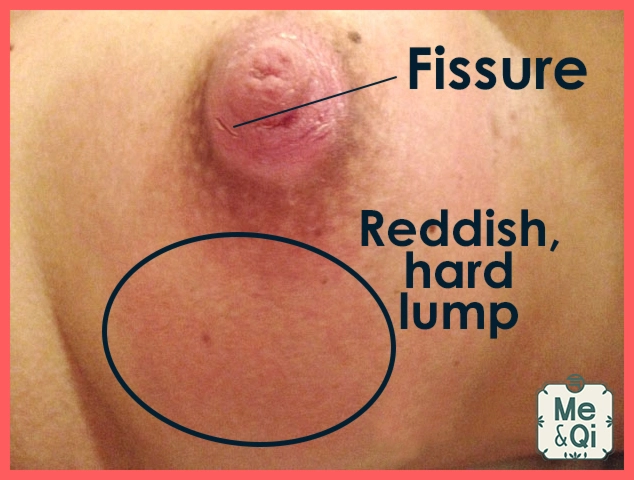
Lastly since mastitis is often caused by bacteria, it’s important to keep a rigorous personal hygiene for you and your baby. Precautions include regular showers/baths, washing your hands and the hands of your baby several times a day as well as thorough and regular cleaning of any equipment or clothing that might be in contact with your breasts or nipples.
So to summarize, how do you prevent mastitis?
- Treat plugged ducts and engorged breasts before they worsen. Learn how to do so by reading our dedicated article on relieving engorged breasts or plugged ducts.
- Deal with cracked skin and fissure to avoid bacteria entering your nipples. To do so regularly rub your nipples with breast milk and Lanolin.
- Keep a rigorous personal hygiene for you and your baby and thoroughly clean any equipment or piece of clothing that might be in contact with your breasts or nipples.
> Back to our complete guide on engorgement and clogged ducts
Sources:
1. Shanazi M, Farshbaf Khalili A, Kamalifard M, Asghari Jafarabadi M, Masoudin K, Esmaeli F. Comparison of the effects of lanolin, peppermint, and dexpanthenol creams on treatment of traumatic nipples in breastfeeding mothers. J Caring Sci 2015; 4 (4): 297-307. doi: 10.15171/jcs.2015.030.
Article tags: Breastfeeding and maternity

